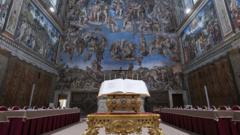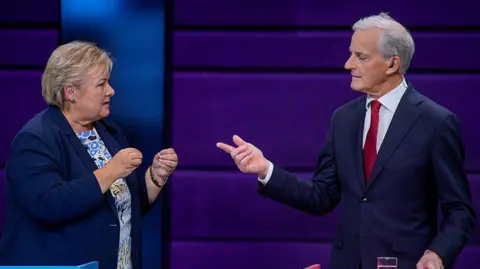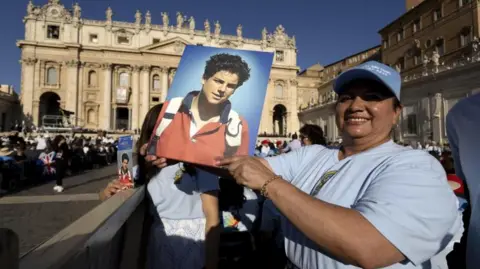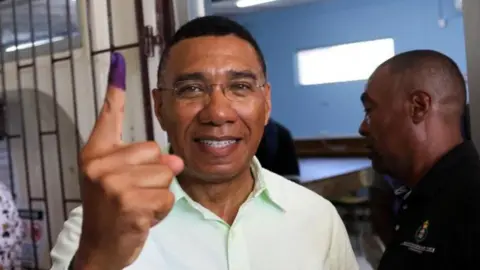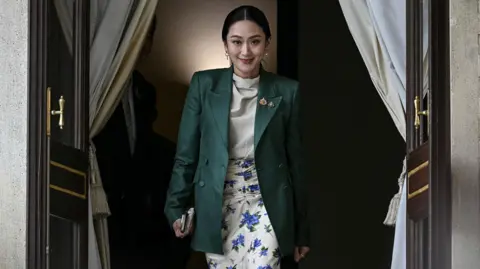In Vatican City, the journey towards selecting the next pope officially kicks off today, as 133 cardinals prepare to enter a secret conclave within the iconic Sistine Chapel. The day begins at 10:00 AM local time with a mass at St Peter's Basilica, led by Cardinal Dean Giovanni Battista Re. This mass, which will be broadcasted to the public, marks a solemn initiation into the election process.
Once the inspirational ceremonies conclude, the cardinals will proceed to the conclave after deactivating mobile signals within Vatican territory. They will sing hymns to invoke the Holy Spirit's guidance, a central aspect of the process. Inside the chapel, they will take oaths of secrecy, ensuring that the deliberations and voting outcomes remain confidential. The isolation of the cardinals signifies the seriousness of their task, prompting an atmosphere akin to that of political gatherings yet bound by religious duty.
The first vote will take place shortly after the oaths, marking a pivotal moment in the conclave. While there is no restriction preventing the election of a pope on the first ballot, it has not occurred for hundreds of years. Analysts suggest that while initial votes may reflect scattered preferences, the ensuing rounds will clarify potential leading candidates as consensus emerges. With the experience of past conclaves, cardinals will engage in discussions over dinner at Casa Santa Marta, where private negotiations may shape the outcome.
As voters break fast each day and participate in two morning votes, they will navigate the balance between swift consensus and the perils of drawn-out deliberations, which could signal internal discord. Observers and faithful alike await the stirring moment when white smoke billows from the chapel chimney, heralding the election of the next pope and signaling new leadership for the Roman Catholic Church.
Once the inspirational ceremonies conclude, the cardinals will proceed to the conclave after deactivating mobile signals within Vatican territory. They will sing hymns to invoke the Holy Spirit's guidance, a central aspect of the process. Inside the chapel, they will take oaths of secrecy, ensuring that the deliberations and voting outcomes remain confidential. The isolation of the cardinals signifies the seriousness of their task, prompting an atmosphere akin to that of political gatherings yet bound by religious duty.
The first vote will take place shortly after the oaths, marking a pivotal moment in the conclave. While there is no restriction preventing the election of a pope on the first ballot, it has not occurred for hundreds of years. Analysts suggest that while initial votes may reflect scattered preferences, the ensuing rounds will clarify potential leading candidates as consensus emerges. With the experience of past conclaves, cardinals will engage in discussions over dinner at Casa Santa Marta, where private negotiations may shape the outcome.
As voters break fast each day and participate in two morning votes, they will navigate the balance between swift consensus and the perils of drawn-out deliberations, which could signal internal discord. Observers and faithful alike await the stirring moment when white smoke billows from the chapel chimney, heralding the election of the next pope and signaling new leadership for the Roman Catholic Church.

